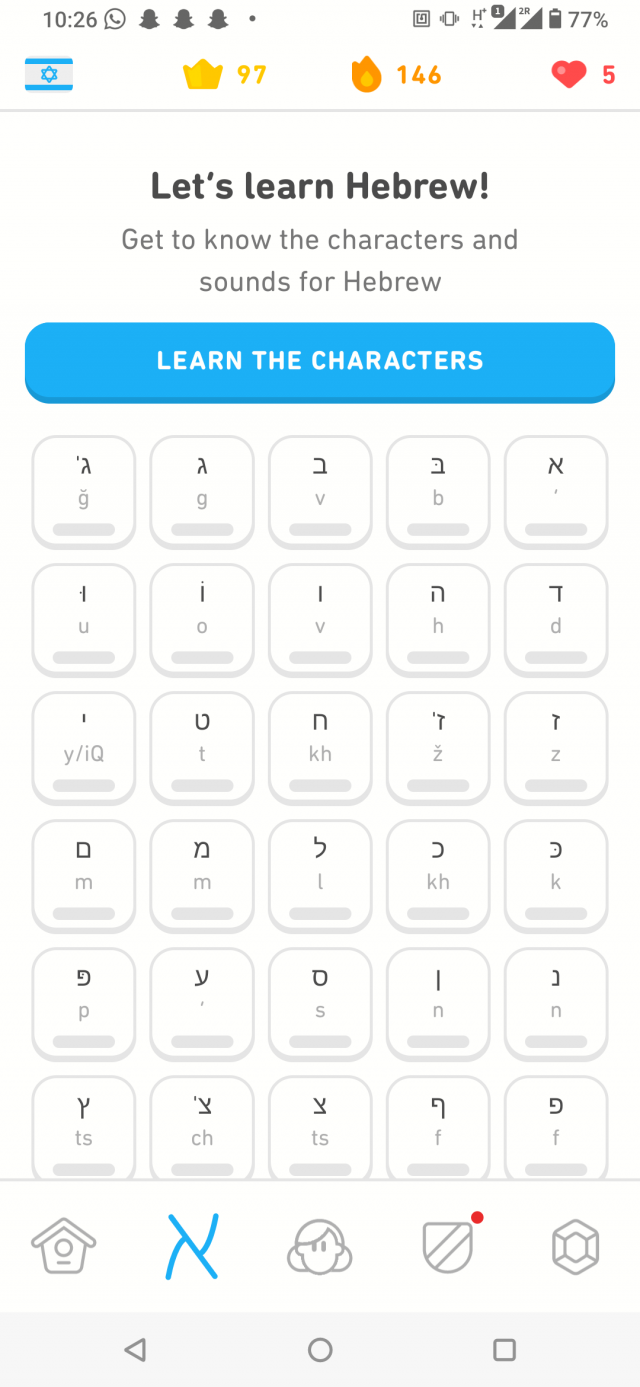

I have never had that much interest in it, but I always saw it as low-hanging fruit that I should probably get around to learning some day. Poylish is probably the dialect that all of my great-grandparents spoke as a first language.Īlthough Yiddish is my ancestral language, it died out in my family (as with most American Jewish families) and I don't think I have any relatives left that speak it. I think it will be good for me to be exposed to both dialects. Most courses are based on YIVO Yiddish which is closest to the Litvish spoken dialect and is modeled after the literary Yiddish that flourished in the European Jewish community up until the mid 20th century, but unfortunately secular Yiddish is basically dead at this point and only the Hasidim are keeping it alive. I believe this is the dialect most commonly used by the ultra-orthodox Hasidic community and thus has the most native speakers in the US. Unlike most other Yiddish resources I've come across, the Duolingo course is based off of the Hungarian dialect (which I believe falls under the more general Poylish dialect). Unfortunately, it's a bit buggy and as I've complained about on the forums, it has very limited support for typing.
#Duolingo incubator hebrew full#
Unlike most of Duolingo's other minority language courses, this one is absolutely massive and seems to have full audio right off the bat. Or you can leave a comment about how you would like to contribute to promoting Catalan language and culture.I've gotten pretty obsessed with chess lately so I've been taking a break from language learning, but Duolingo's Yiddish course just came out in beta after many years in the incubator so I think I'll give that a try. Please leave a comment below about your thoughts on what languages you’d like to see in the future from any linguistic platform.


If Duolingo is reading this, I would enjoy a collaboration or a Zoom coffee break meet-up. Lastly, I am not receiving any endorsement for this post from Duolingo nor from any other entity. Among many factors, they look at the volunteers’ quantity and quality, general interest, etc. However, it does not share which languages they are interested in adding next.
#Duolingo incubator hebrew how to#
Use key words to search for how to make the course and what it takes to see a course through. What is Duolingo looking for? That’s the question, isn’t it? The company does a good job providing an overview on the blog. Some courses are no longer in production: Swedish for Turkish speakers, Hindi for Bulgarian speakers, English for Hebrew speakers, & Hindi for Gujarati speakers. Two courses hatched out of incubation: Finnish for English speakers & German for Dutch speakers. Yes, 6 out of 17 courses had 0 contributors when I made my note. However, I can note approximately how close to completion certain courses were. I didn’t track the anticipated release date at that time. Target LanguageĬhart from the Duolingo Incubator as of. The asterisk means that the course was still being developed according to the chart farther done on. The release date is what the volunteers had previously anticipated for the course to be public. Contributors are the volunteers working on the course, although some freelancers are hired to keep courses going. However, some volunteers have changed the ETA (estimated time of arrival) of the finished product. Several courses initially gave the impression that they will be completed soon. The Incubator currently has 22 total courses being developed (not yet in Beta). Hence the importance of these charts.īelow is a table from. Unlike other websites which have internet archives, I am unable to locate any for Duolingo’s Incubator. Thus, I am sharing the charts to keep a close eye on progress. I am curious about how courses end and continue development through volunteer management and community enthusiasm. For whatever reason though, it is no longer being developed. In 2014-15, I was at university when the course first appeared in the app’s Incubator. As I state in the biography on my Twitter and Instagram profiles, I really want to see Duolingo add a Catalan for English speakers course.


 0 kommentar(er)
0 kommentar(er)
